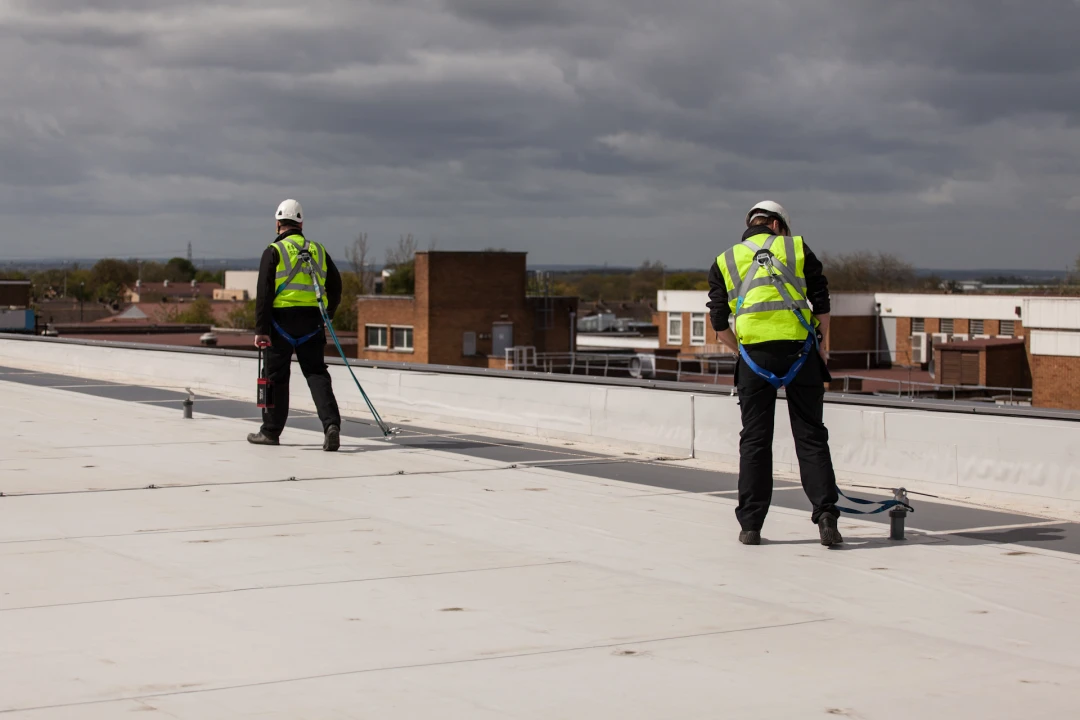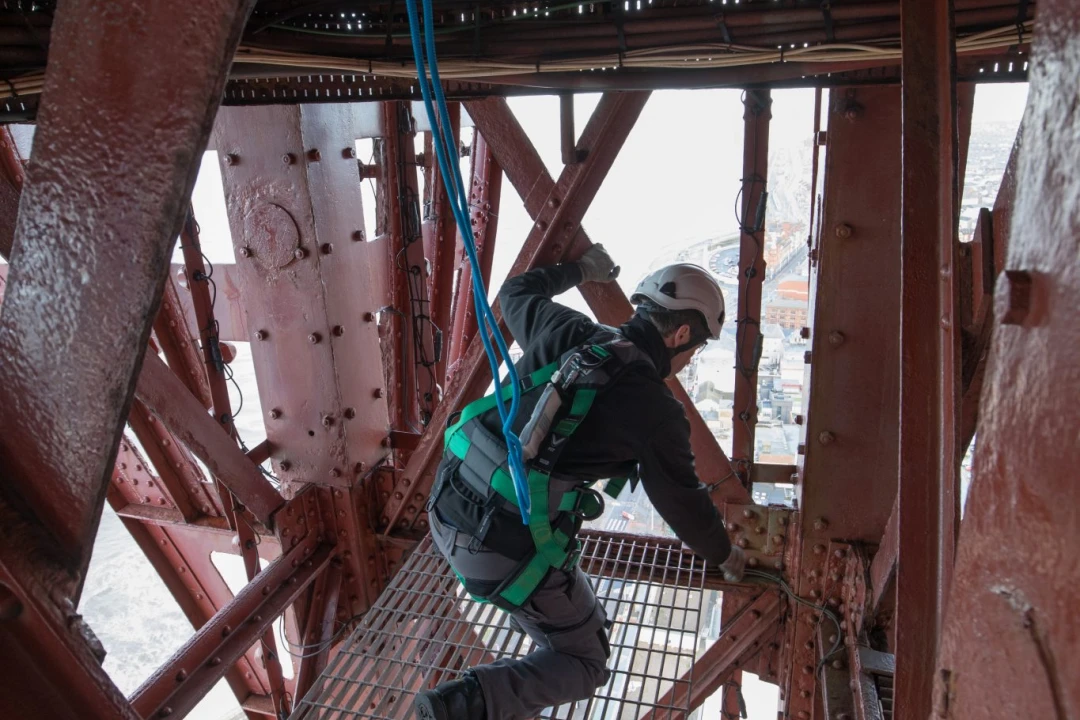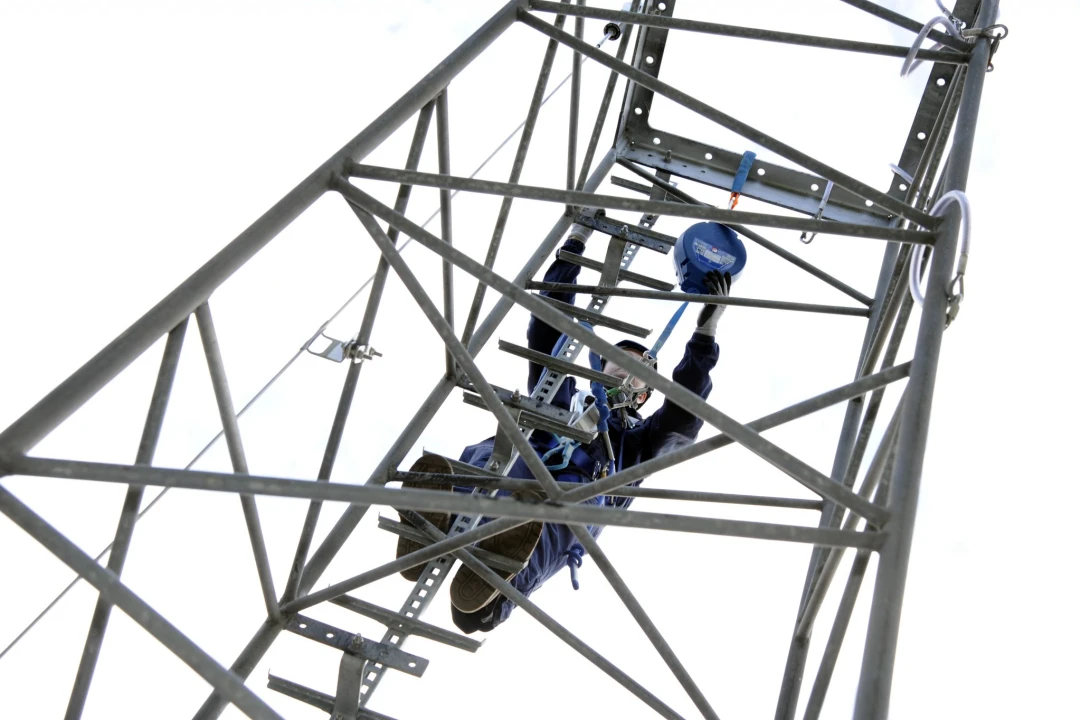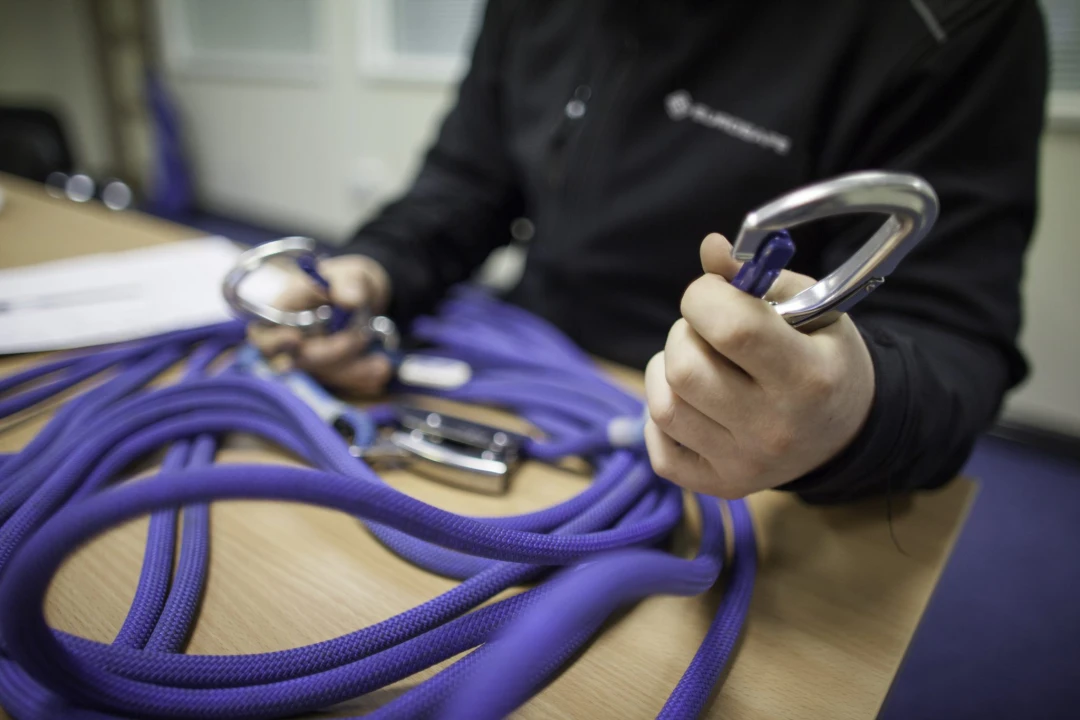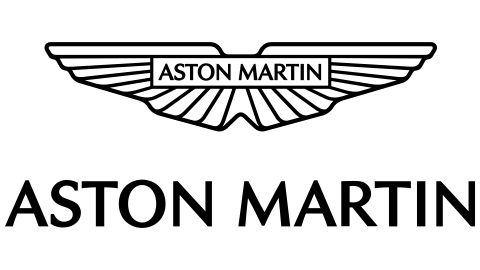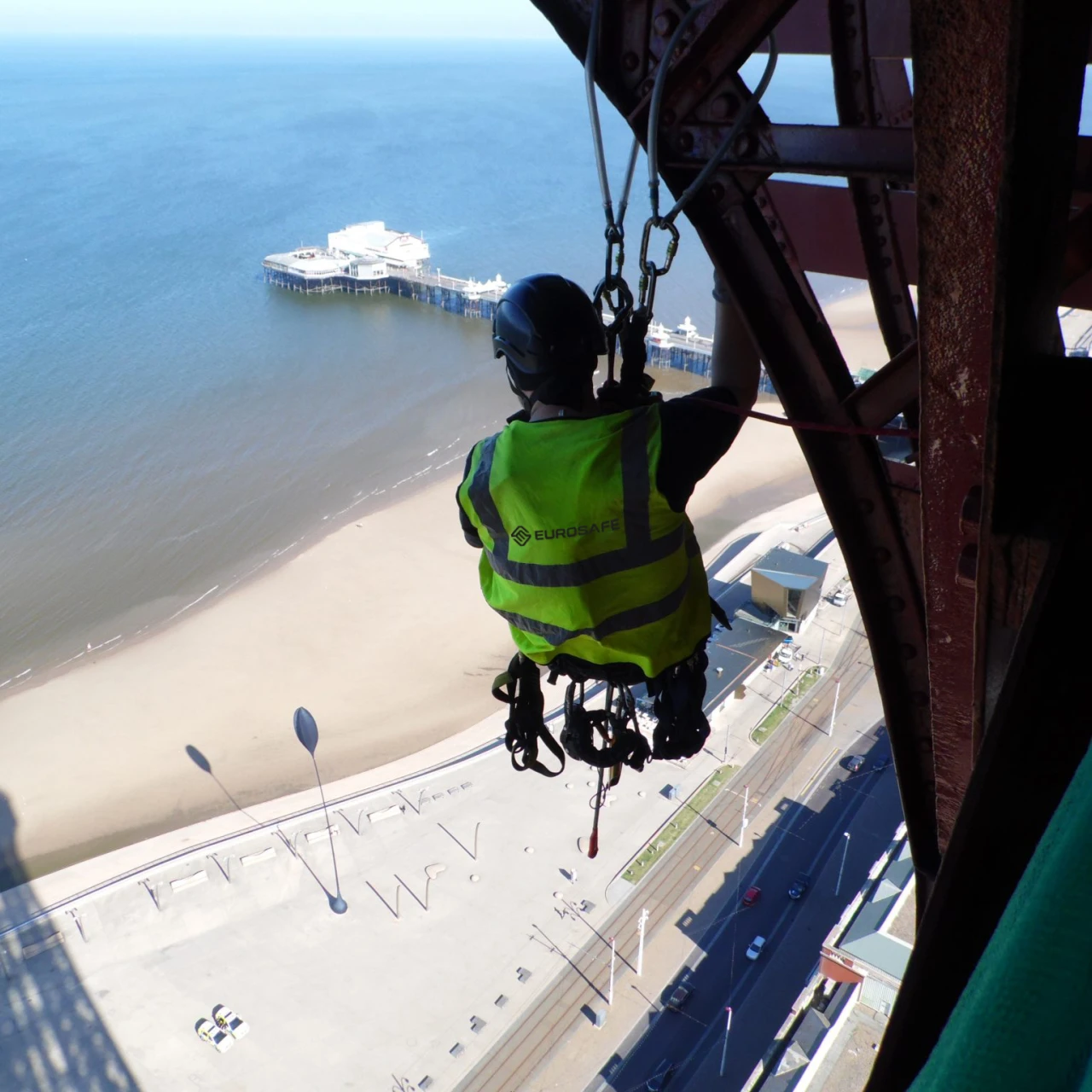

- Knowledge Base
- Blog
- Maintaining fall protection equipment correctly
Maintaining fall protection equipment correctly
Fall protection systems are put in place to reduce the risk of injures to workers at height, but in order to do so they must be maintained correctly. All fall protection systems should be tested every 12 months as a minimum to be compliant with current British Standards; BS EN 795 & BS EN 7883. Although testing and inspection will make you compliant there are also rules to follow in order to maintain the equipment correctly until the next inspection, and stay compliant.
All fall protection systems should be checked before use and anyone working at height should at no point disconnect from the lifeline. Where roof areas have collective edge protection, i.e. guardrails; workers should ensure that potential fall hazards such as skylights are protected.
All workers using the fall protection system should have been trained to undertake a pre-use inspection along with how to work at a height safely. This would include the correct PPE required to undertake their work. Equipment such as Harnesses and Lanyards should be suitable for the task required and be checked thoroughly before each use in accordance with HSE guidelines INDG367.
Under no circumstances should defective equipment be used, no matter how important the job is, it’s not worth risking someone’s life. This might seem like an obvious statement, but do you know how to tell if the equipment has been compromised? The forces that are generated from a fall can have a detrimental effect to equipment once it has already been damaged; especially at great heights. Therefore, if there is any sign of damage it’s not worth the risk of being used.
How to minimise damage to your PPE
To maintain harnesses correctly they should be kept away from any sharp objects or tools which could possibly damage the webbing. Harmful substances such as fuel, acid, paint, solvents & alkalis can also cause damage to the polyester and nylon fibres of the harness. The best way to avoid these risks to your harness and lanyard is by ensuring they are stored correctly, this will minimise the risk of equipment getting crushed, bent or torn. In the event that the equipment gets wet, it should be allowed to dry naturally.
Equipment should never be left in direct heat or exposed to a heat source, even if it is wet. Heat and UV rays are both damaging to equipment and can end up compromising the materials that make up the harness and lanyard. Harnesses aren’t the only equipment susceptible to heat, the same rules apply to hardhats and other PPE, therefore, the best practice is to apply the same rules to all aspects. It’s no good supplying or wearing PPE that could fail when it’s needed most.
Harness and Lanyard cleaning
Not only should equipment be checked for damage but it should also be cleaned on a regular basis. Remember when we spoke about substances and the damage they can have on equipment? Regular cleaning ensures that there are no substances on the harness or lanyard that could degrade the materials, making them no longer safe to use. Cleaning also helps the user to properly see all of the parts when following out regular inspections.
A damp sponge with warm, clean water is perfect for wiping away residue on the straps and buckles, without causing damage to the materials. If soap is required for the straps then it should be dish soap or laundry detergent; do not use bleach, chlorine or abrasives on any part of the equipment. Any dish soap or laundry detergent should be rinsed from the straps, but not soaked. Once it has been wiped down it can then be hung to store again and allowed to dry naturally away from direct heat.
Using and inspecting fall arrest blocks correctly
Fall arrest blocks should only ever be used by a single person and should ideally be anchored above the user. The Work at Height Regulations 2005 state, “A fall arrest system shall not be used in a manner which involves the risk of a line being cut”. If the lifeline runs along a ‘pendulum fall’ and the load from a fall arrest is applied then there is a possible risk of the lifeline snapping or cutting. The user should be aware of these hazards and therefore will be able to take the necessary steps to maintain the equipment and eliminate the risk.
Like all types of fall protection equipment, the lifeline must be checked for damage before use. Lifelines will need to be extended fully to be checked correctly and then retracted slowly though gloved hands. Do not allow the lifeline to retract in to the block unrestrained because this could lead to the brake mechanism locking.
There are some typical causes of deterioration in ropes dependant upon the type that is in use. Typically, the ropes will be fibre, webbing or wire.
Fibre ropes can become crushed which will be visible to the user who should be checking for a flattened or bent section of the rope. Abrasion is another factor to look out for which is due to localised wear; this is when outer strands become flattened and have a brighter appearance.
Webbing ropes are also susceptible to abrasion. Other common causes can include chemical contamination, nicks and cuts or damage to the stitching and UV degradation.
When checking a wire rope you should be looking for any crushed or cut sectors; this could include damaged strands or broken wires. Typical damages such as abrasion can also be an issue with wire just as it is for webbing and rope. Any deformation of the wire could be a sign of concern and therefore investigated further. kinking. If corrosion has occurred there will be some roughness visible with wire, blue appearance on the wire is most likely a sign of electric acing or heat damage.


